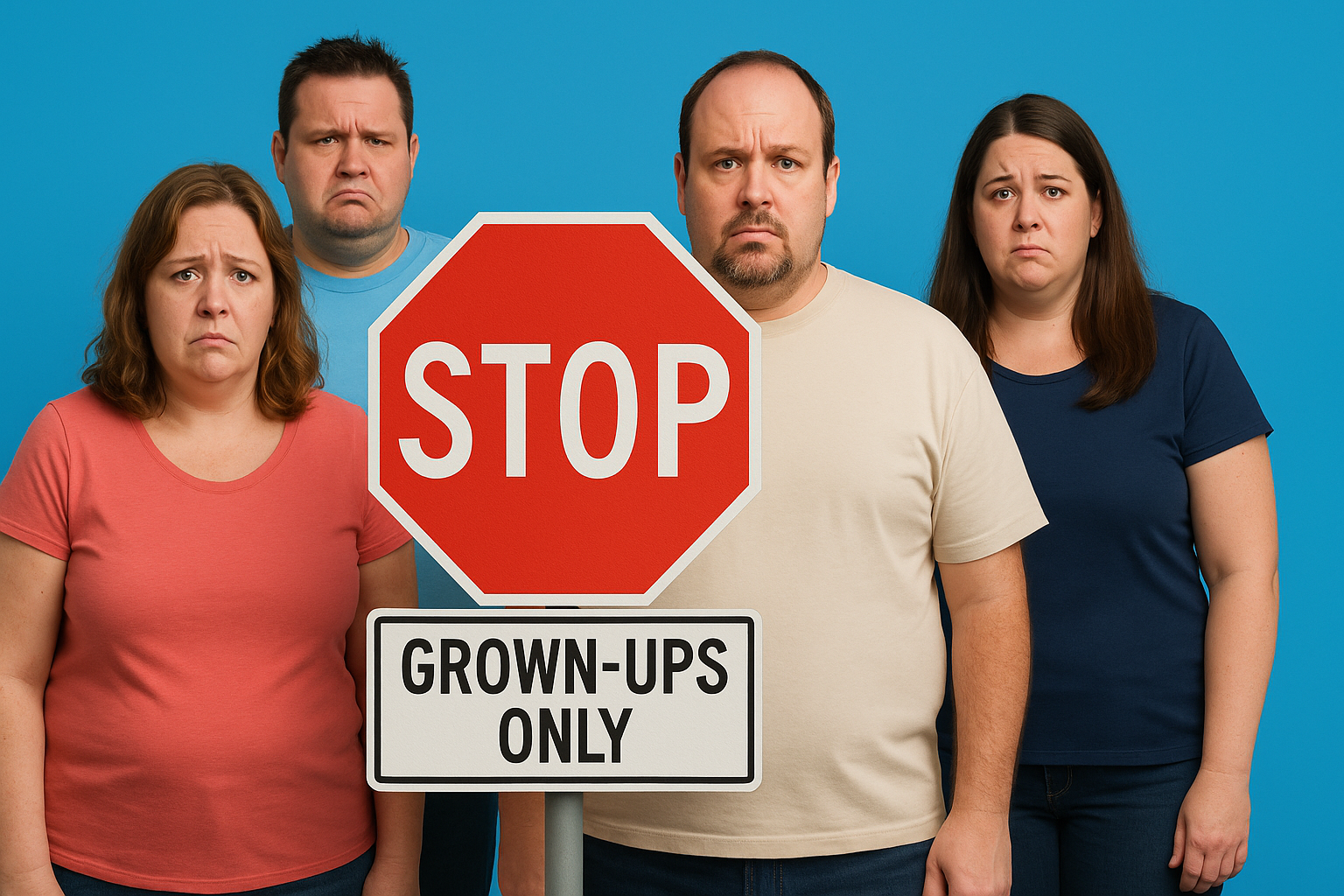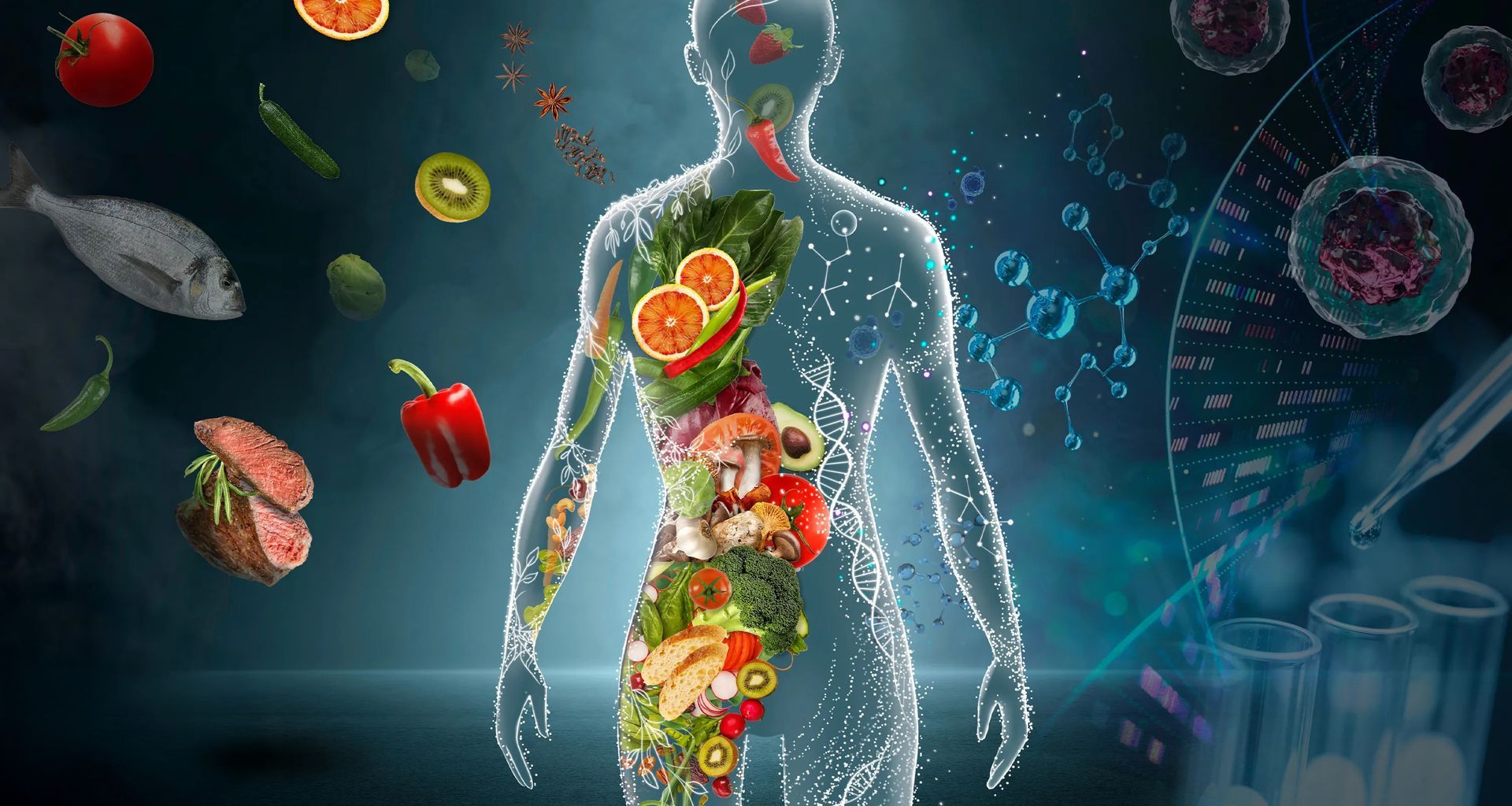We love simple stories about food. We crave them. The ones where there are good guys and bad guys, the ones that let us feel we’ve cracked the code. Kale is a hero. Sugar is the villain. Avocados will save you. Seed oils will kill you.
But science - and life - are rarely that simple.
The truth is, food isn’t anything in isolation. It’s a player in a much bigger drama, one that includes what else is on your plate, what else is in your life, and - crucially - the complex, ever-changing reality of you.
And here’s the twist most people never hear: it’s not just what you eat, but context, dose, and time - and how those intersect with the full complexity of your biology, history, and commitments - that shape the story.
This isn’t about finding the perfect dance of life. It’s about becoming the kind of dancer who can adapt, pivot, flow - and still move with grace, purpose, and ease.

Context:
The Decisive Frame
Context is everything. And I don’t mean that in the casual, “yeah, it matters” way. I mean it literally decides the possibilities.
Context shapes:
• What you can see (or fail to see)
• What’s possible (and what’s not)
• What works, and what will backfire
It’s the container for every choice you make.
A glass of wine in a diet rich in plants, whole grains, and good sleep habits is not the same as a glass of wine in the middle of a high-stress, low-sleep, low-nutrient existence.
The same dairy yogurt that supports gut health in someone with a balanced microbiome might flare symptoms in another person with lactose intolerance and chronic gut inflammation.
Context isn’t just food and body - it’s commitment. If your commitment is to long-term endurance performance, you’ll view carbs differently than if your commitment is steady energy for deep work.
And here’s the kicker: context determines what’s visible to you in the first place. Two people can stand in front of the same plate of food and see completely different truths, because they’re looking from different contexts.
Dose:
How Much, How Often, and How It’s Spread
We tend to think of dose as portion size. But it’s also frequency, pattern, and accumulation over time.
A dessert once a week is a different story than dessert after every meal - even if the total sugar over a month is the same.
Two cups of coffee in the morning can sharpen performance; six cups scattered into the evening can unravel your sleep and stress recovery.
A drizzle of seed oil in a salad full of vegetables is not the same as deep-fried fast food every night.
And dose isn’t universal. Your muscle mass, liver enzymes, gut bacteria, and even your previous exposures change where “enough” tips into “too much.”
In other words: dose lives in relationship to you.
Temporality:
When It Happens and for How Long
Temporality is time, but not just in the “how many years” sense. It’s also daily rhythm, life stage, and health phase.
• Daily timing – Eating a large, high-fat meal at 11 p.m. doesn’t land the same as eating it at noon.
• Seasonal timing – Many traditional diets shift across the year to align with climate and metabolic needs.
• Life stage – Protein needs are different in adolescence, mid-life, and older age.
• Health phase – The nutritional strategy for recovery from illness is not the same as for maintaining baseline health.
And here’s where it gets subtle: temporality also lives inside you. Your circadian rhythm genes, hormone cycles, and metabolic rate change the meaning of “good timing.”
The Intersections:
Where It Gets Real
Life doesn’t give you neat, separate variables. Context, dose, and temporality are always stacked together, filtered through your personal biology and lived experience.
Take coffee:
• Context: With adequate sleep and low stress, it’s a performance booster. In chronic stress with poor sleep, it can be an anxiety amplifier.
• Dose: Two cups early is one thing; six cups late is another.
• Temporality: At 25, you might clear caffeine quickly; at 65, the same dose lingers for hours.
• You: Your CYP1A2 gene variant can make you a “fast” or “slow” caffeine metaboliser.
Or refined grains:
• Context: White rice with vegetables and fish is different from white bread with processed meat.
• Dose: Occasional servings may be harmless; daily displacement of whole grains is different.
• Temporality: Over decades, habitual high intake correlates with inflammation risk.
• You: Past metabolic history, microbiome diversity, and even ethnicity all affect the outcome.
The Self as a Living Variable
This is where the science meets the mirror. You’re not a passive test subject. You are a shifting, adaptive, living system.
Your outcomes with any food are shaped by:
• Genetics – From caffeine clearance to lactose tolerance to fat metabolism.
• Epigenetics – The imprints left by your parents’ diets, your own early nutrition, and your stress exposures.
• Microbiome – The microbial communities that govern digestion, immunity, and inflammation.
• Ethnicity & culture – Culinary traditions, staple foods, and adaptive tolerances.
• Past illnesses & exposures – Autoimmune conditions, gut infections, surgeries, environmental toxins.
• Adaptations – From athletic conditioning to fasting tolerance to altitude acclimatization.
• Pain thresholds & immune reactivity – What’s “fine” for one person may be intolerable for another.
The point is not to perfect yourself before you start making choices. It’s to know yourself well enough to see where the variables are coming from - and to work with them, not against them.
Being the Dancer
You can’t choreograph the perfect dance of life. The rhythm will change, the floor will tilt, and the music will sometimes cut out entirely.
What you can do is become a dancer who knows how to move in any conditions:
• Responsible for your context, dose, and timing.
• Objective about your body and its needs.
• Able to zoom out and see patterns.
• Willing to take it seriously - because your actions and inactions both matter.
• But also willing to let go - because the song always ends, for everyone.
The goal isn’t perfection. It’s mastery of the ongoing dance.
Grace. Purpose. Ease.
Our recent Posts
View Other Blogs
Browse and read our blogs to learn more about our tips and tricks.






